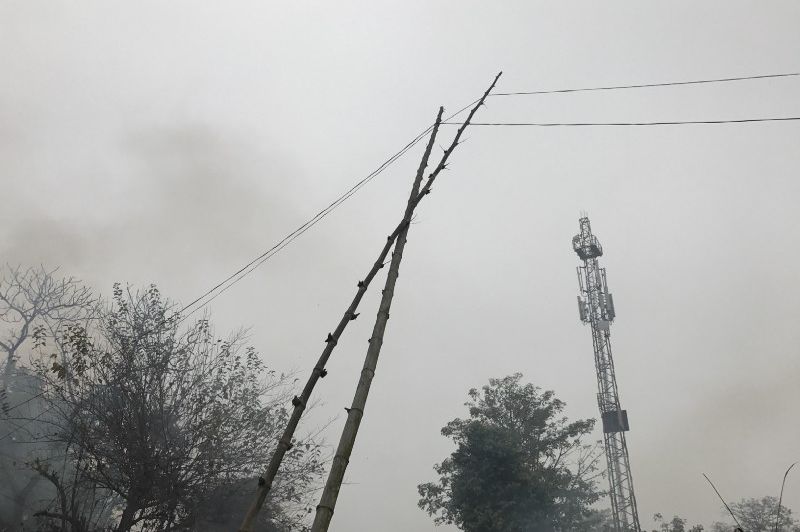New research looks at hundreds of villages in India’s most energy-poor states, and finds that recent connections to the grid for remote villages are worse than past rural electrification efforts
Since 2005, India has embarked on an ambitious rural electrification drive, most recently under the $2.5 billion Saubhagya scheme. As a result, almost all villages are now connected to the grid. However, our recent research (drawing on baseline data from a comprehensive 2015 survey), shows that the quality of electricity service in newly electrified villages is worse than in those electrified earlier. This points to the need for the Government of India to prioritize not just access to power, but access to quality electricity supply, which will require tariff, monitoring and business model reform.
While India has made impressive progress in electrifying households, this success masks important variation in the quality of electrical service in newly electrified villages. The fact that a village is electrified may not mean much if many households do not gain access to the electricity, if electricity service is limited to a low number of hours per day, or if the service is often interrupted.
In theory, the relationship between recent electrification and quality of service is ambiguous. On one hand, newly electrified villages should have state-of-the-art infrastructure, which would lead one to expect their service to be better than villages with rundown and outdated technology. This problem could be compounded by ineffective electricity distribution companies. On the other hand, villages that have been electrified longer have had more time to adopt the technology and may rely on it more, creating greater incentives for maintenance and upkeep.
Our new research gives insight into the relationship between recent electrification and the quality of electrical service. Using data from 594 villages in six energy-poor states in India — Madhya Pradesh, Uttar Pradesh, Bihar, Jharkhand, West Bengal, and Odisha — we examine the relationship between the time of electrification and the household electrification rate, daily hours of electricity available, and monthly days without electricity.
We find that on average, villages that were electrified more recently have lower quality service than those electrified earlier. Indeed, we find that newly electrified villages have lower household electrification rates, less hours of supply, and experience outages more frequently. This result holds even when controlling for confounders like village size, distance to large towns, and other unobserved characteristics of states.
Our finding has serious implications for economic development in rural India. Past research has shown that low quality of electricity service is associated with dissatisfaction with electricity service, and discourages households from connecting to the grid. Moreover, poor electrical service can translate to poor economic performance at both the firm and household level, reducing households’ income, and expenditures. Increasing the quality of service, then, should have a positive effect on the welfare of villagers in rural India.
Our research suggests that the act of electrifying villages alone is insufficient. Along with the push to increase electrification rates in rural India, attention needs to be paid to ensuring that villages are gaining access to high quality service. To close the gap between recently electrified villages and those electrified in the past, policymakers should focus on providing high quality infrastructure and invest in both continuous maintenance and customer service over time.
Indian policymakers can improve the quality of electricity supply by adopting a few key measures. First, real-time monitoring of electricity supply in every village is possible with today’s technologies. By investing in monitoring technology, the government can rapidly detect and address problems with electricity supply across India. Second, the quality of electricity supply can be improved with innovative service-based models, such as private distribution franchisees and distributed power generation. Finally, and most importantly, the government should rationalize electricity pricing to ensure that distribution companies can cover their costs and invest in infrastructure.
Johannes Urpelainen (@jurpelai) is the Prince Sultan Bin Abdulaziz Professor of Energy, Resources and Environment in the Paul H. Nitze School of Advanced International Studies (SAIS) at Johns Hopkins University. He is also the Founding Director of the Initiative for Sustainable Energy Policy (ISEP) at SAIS.
Daniel Thomas (@danrthomas) is a Ph.D. student in the Department of Political Science at Columbia University.
NB: This post is an expanded version of an earlier post by Daniel Thomas on the ISEP blog.
